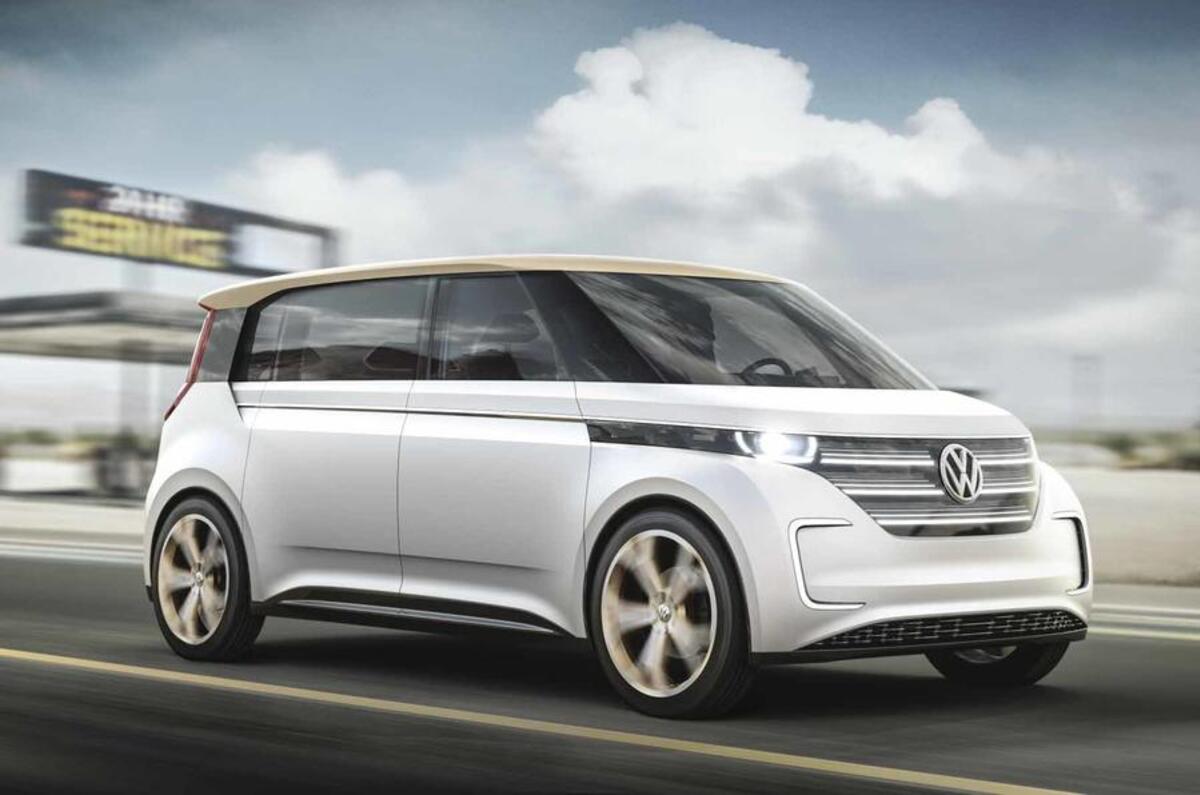Volkswagen is preparing to resurrect the Microbus as an electric MPV with a theoretical range of up to 500km together and the latest in autonomous driving functions.
Sources close to the German car maker describe it as a future relevant concept featuring modular architectural and technical solutions.
Volkswagen ID electric microbus concept to be revealed at Detroit motor show
The latest take on the iconic Microbus is among a series of concepts conceived by a team of Volkswagen engineers headed by development boss, Frank Welsch. Unconfirmed at this stage, it is said to be one of up to five dedicated electric powered models tentatively chosen to spearhead the company’s entry into the electric car ranks at the end of the decade.
Same platform as ID concept
According to Volkswagen insiders with knowledge of the heavily shrouded project, the seven-seat electric powered MPV is based around the same flexible MEB platform as the five-door ID concept – a pure electric hatchback revealed at the Paris motor show in September and already confirmed for launch in 2019.
The MEB structure, which sites new Volkswagen concept’s liquid cooled lithium-ion battery within the floorplan to provide it with a completely flat floor, has been modified to suit the characteristics of the new Microbus, with both a longer wheelbase and wider track widths than those seen on the ID.
Read more about the VW ID Concept
The new platform architecture has been developed independently of the structures to be used by Volkswagen sister companies Audi and Porsche with the upcoming production versions of the e-tron quattro SUV and Mission E saloon.
The new Microbus is also claimed to benefit from the same space saving driveline layout as the ID, with a power electronics package sited up front and a 122kW electric motor mounted low down at the rear within the rear axle assembly.
As with the ID, the modern day Microbus is planned to offer standard rear wheel drive. Alternatively, it is also claimed to support four-wheel drive with the aid of a so-called electric propeller shaft and smaller satellite electric motor mounted at the front and used to power the front wheels.
The contemporary driveline layout closely mirrors that of the original Microbus, which used a Beetle-derived platform design featuring a rear-mounted air-cooled four-cylinder boxer petrol engine and rear wheel drive., unlike its spiritual successor, the Multivan, which receives a front mounted engine and standard front-wheel drive.





Join the debate
Add your comment
Yeah, right.
It's been a while
Surf's Up.